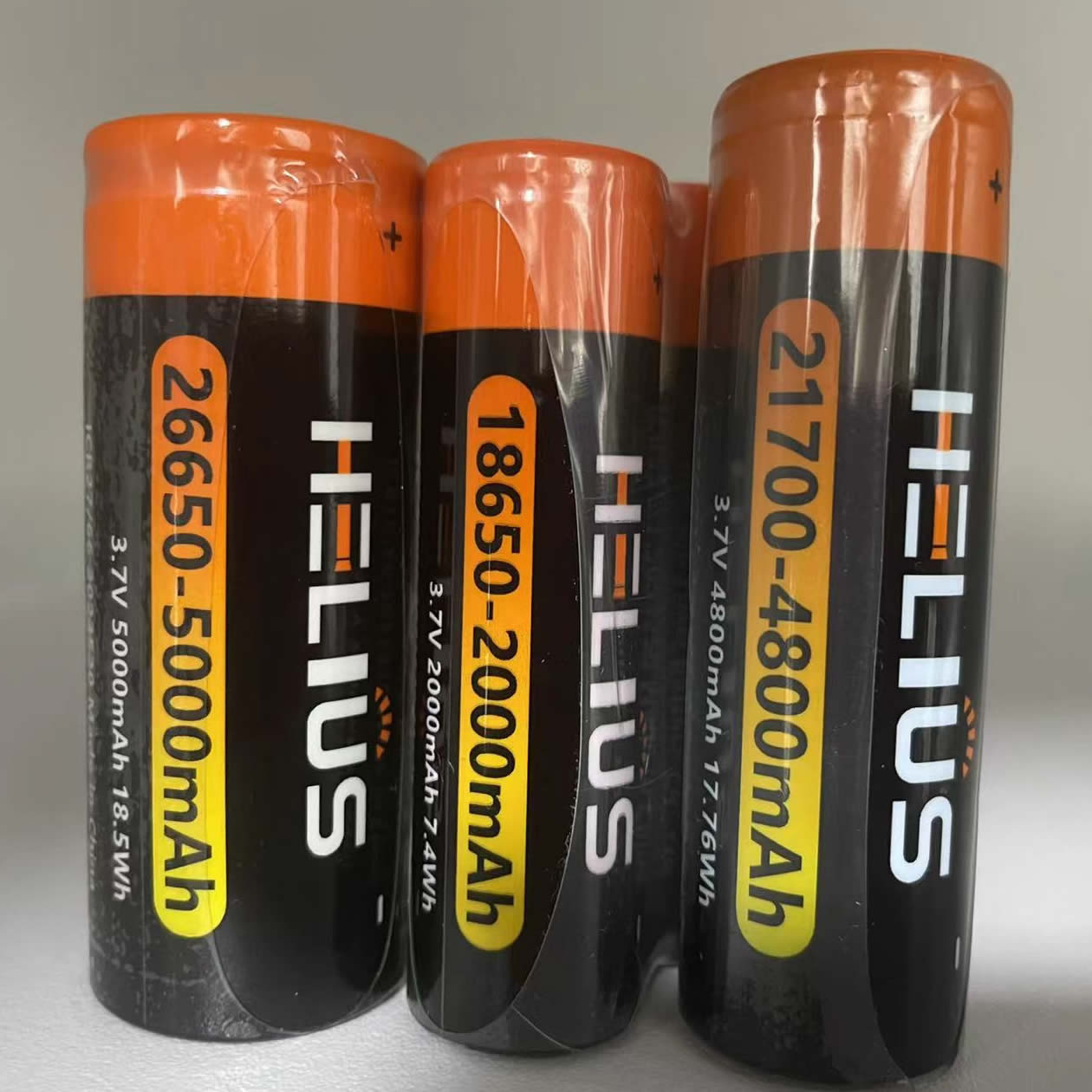Flashlight Battery Overview
Flashlights, also known as torches or electric torches, are indispensable tools for providing light in various situations. Whether it's during power outages, outdoor activities, or emergencies, flashlights rely on battery power to illuminate the surroundings. The choice between AC and DC power sources is crucial as it directly impacts the performance of these essential devices.
Did You Know? Flashlights have been in use for centuries and have evolved from simple handheld torches to modern LED-powered devices.
Now let's move on to the next section!
AC vs DC Power
When it comes to understanding the power sources for flashlights, it's essential to grasp the differences between AC (alternating current) and DC (direct current) electricity. These two types of electrical power sources play a significant role in determining the performance of flashlights.
Understanding AC and DC Electricity
AC and DC are the two primary forms of electrical power. AC electricity involves an electric current that periodically reverses direction, while DC electricity flows continuously in a single direction. These fundamental differences in the flow of electric current have implications for how flashlights function and perform.
Benefits and Considerations of AC and DC Power
AC power is commonly used in households due to its ability to facilitate long-range power transmission efficiently. On the other hand, DC power is widely utilized in portable devices such as flashlights because of its stability and reliability. The distinct characteristics of each type of power source directly impact the design, functionality, and performance capabilities of flashlights.
Safety Considerations
Electrical Safety Precautions
When using battery-powered devices, it is crucial to have a good understanding of electrical safety. This includes being mindful of the potential hazards associated with batteries and taking necessary precautions to prevent accidents.
Proper handling and storage of batteries play a key role in minimizing the risks of short circuits, overheating, and other safety concerns. It is important to handle batteries with care and follow recommended storage guidelines to ensure safe usage.
Choosing Safe Battery Options
Opting for batteries equipped with built-in safety features can significantly reduce the likelihood of encountering issues related to short circuits and overheating. These safety features are designed to provide an added layer of protection during usage, offering peace of mind to users.
Adhering to the manufacturer's guidelines for battery usage is essential for maintaining a safe environment. Following these recommendations ensures that batteries are used in a manner that minimizes potential risks and maximizes overall safety.
Battery Performance Impact
When it comes to the performance of flashlights, the impact of battery power cannot be overstated. The type and quality of batteries used, along with environmental conditions, play a crucial role in determining how well a flashlight functions.
Factors Affecting Battery Performance
The type and quality of batteries can significantly impact flashlight performance. Higher-quality batteries tend to have a longer lifespan and provide more consistent power output, resulting in better overall performance for the flashlight.
Environmental conditions such as temperature can also affect battery performance. Extreme cold or heat can cause batteries to lose their charge more quickly, impacting the runtime and effectiveness of the flashlight.
Optimizing Battery Performance
Regularly checking and maintaining batteries is essential for ensuring optimal performance. This includes cleaning battery contacts, removing any corrosion, and replacing old or worn-out batteries promptly.
Properly storing batteries when not in use can extend their lifespan. Storing batteries in a cool, dry place at room temperature helps maintain their charge and prevents degradation over time.
By understanding these factors and taking proactive measures to optimize battery performance, users can ensure that their flashlights operate at their best when needed.
Maximizing Battery Life
When it comes to maximizing the life of flashlight batteries, there are several strategies that users can implement to ensure prolonged usage and environmental responsibility.
Tips for Extending Battery Life
Using Energy-Efficient Flashlights: Opting for energy-efficient flashlights can significantly contribute to conserving battery power. These flashlights are designed to provide bright illumination while minimizing energy consumption, ultimately extending the lifespan of the batteries.
Utilizing Rechargeable Batteries: Rechargeable batteries offer a cost-effective and sustainable option for maximizing battery life. By using rechargeable batteries, users can reduce waste and minimize the environmental impact of disposable batteries while also saving money in the long run.
Proper Disposal and Recycling
Environmental Impact: "Following proper disposal and recycling practices is crucial in minimizing the environmental impact of battery waste," says environmental expert Dr. Jane Smith. "Recycling batteries helps conserve valuable resources and reduces landfill waste, contributing to a more sustainable future."
By adopting these practices, individuals can not only extend the life of their flashlight batteries but also contribute to environmental conservation through responsible disposal and recycling.
Understanding Flashlight Battery
Flashlight batteries are the lifeblood of these essential tools, providing the power needed to illuminate various settings. Whether it's a torch battery for outdoor adventures or an electric torch battery for emergency situations, understanding the differences between AC and DC power sources is crucial for maximizing flashlight performance and battery life.
Expert Insight: "The type of battery used in a flashlight directly impacts its performance and longevity," explains electrical engineer Dr. Michael Chen. "Choosing the right power source ensures that the flashlight operates optimally when needed."
By selecting the appropriate battery type and implementing best practices for usage and maintenance, users can ensure that their flashlights are reliable and ready to provide illumination whenever necessary.
See Also
Top Solar-Powered Flashlight for Outdoor Enthusiasts: Solar Camping Lantern T040
Comparing Zoomable Flashlight and Reflector Cap: Choosing the Right One
Zoomable Flashlight vs Reflector Cap Flashlight: Making the Right Choice
Prolonging Flashlight Battery Life: Strategies for Longevity
Comparing Police Flashlight and Regular Flashlight: Determining the Best
